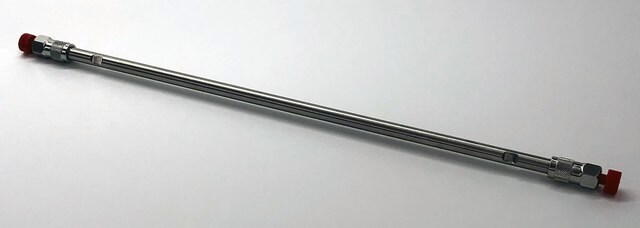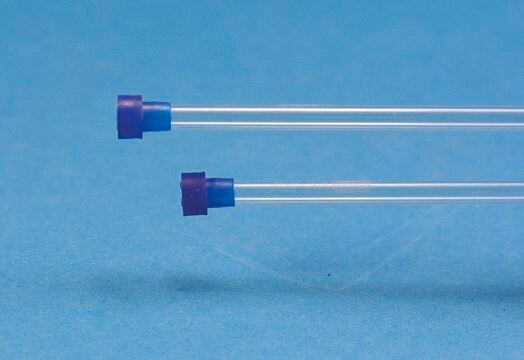GF15991140
Iron
foil, 50x50mm, thickness 0.1mm, hard, 99.5%
Sinónimos:
Iron, FE000320
Iniciar sesiónpara Ver la Fijación de precios por contrato y de la organización
About This Item
Fórmula lineal:
Fe
Número de CAS:
Peso molecular:
55.85
MDL number:
UNSPSC Code:
12141721
PubChem Substance ID:
NACRES:
NA.23
Productos recomendados
assay
99.50%
form
foil
manufacturer/tradename
Goodfellow 159-911-40
resistivity
9.71 μΩ-cm
size × thickness
50 x 50 mm × 0.1 mm
bp
2750 °C (lit.)
mp
1535 °C (lit.)
density
7.86 g/mL at 25 °C (lit.)
SMILES string
[Fe]
InChI
1S/Fe
InChI key
XEEYBQQBJWHFJM-UHFFFAOYSA-N
General description
For updated SDS information please visit www.goodfellow.com.
Legal Information
Product of Goodfellow
Elija entre una de las versiones más recientes:
Certificados de análisis (COA)
Lot/Batch Number
It looks like we've run into a problem, but you can still download Certificates of Analysis from our Documentos section.
Si necesita más asistencia, póngase en contacto con Atención al cliente
¿Ya tiene este producto?
Encuentre la documentación para los productos que ha comprado recientemente en la Biblioteca de documentos.
Qiu et al.
Physical review letters, 85(7), 1492-1495 (2000-09-06)
FeF (2) films are grown by the reaction of XeF (2) and SeF (6) with iron foil. The growth initially follows the Mott-Cabrera parabolic rate law, indicating that the process is diffusion limited. At a certain film thickness, however, the
Jun-Won Jang et al.
Water science and technology : a journal of the International Association on Water Pollution Research, 59(12), 2503-2507 (2009-06-23)
Zero valent iron has been successfully used for the degradation of a wide range of contaminants. However, this reaction of using ZVI particle produces a large quantity of iron sludge. To solve the problem, we report the synthesis of self-organized
Arnold L Demain et al.
Applied microbiology and biotechnology, 73(1), 55-59 (2006-04-20)
When tetanus toxin is made by fermentation with Clostridium tetani, the traditional source of iron is an insoluble preparation called reduced iron powder. This material removes oxygen from the system by forming FeO(2) (rust). When inoculated in a newly developed
Thomas A Russo et al.
Infection and immunity, 82(6), 2356-2367 (2014-03-26)
Hypervirulent (hypermucoviscous) Klebsiella pneumoniae (hvKP) strains are an emerging variant of "classical" K. pneumoniae (cKP) that cause organ and life-threatening infection in healthy individuals. An understanding of hvKP-specific virulence mechanisms that enabled evolution from cKP is limited. Observations by our
Laura M van Staalduinen et al.
Proceedings of the National Academy of Sciences of the United States of America, 111(14), 5171-5176 (2014-04-08)
The enzymes PhnY and PhnZ comprise an oxidative catabolic pathway that enables marine bacteria to use 2-aminoethylphosphonic acid as a source of inorganic phosphate. PhnZ is notable for catalyzing the oxidative cleavage of a carbon-phosphorus bond using Fe(II) and dioxygen
Nuestro equipo de científicos tiene experiencia en todas las áreas de investigación: Ciencias de la vida, Ciencia de los materiales, Síntesis química, Cromatografía, Analítica y muchas otras.
Póngase en contacto con el Servicio técnico


